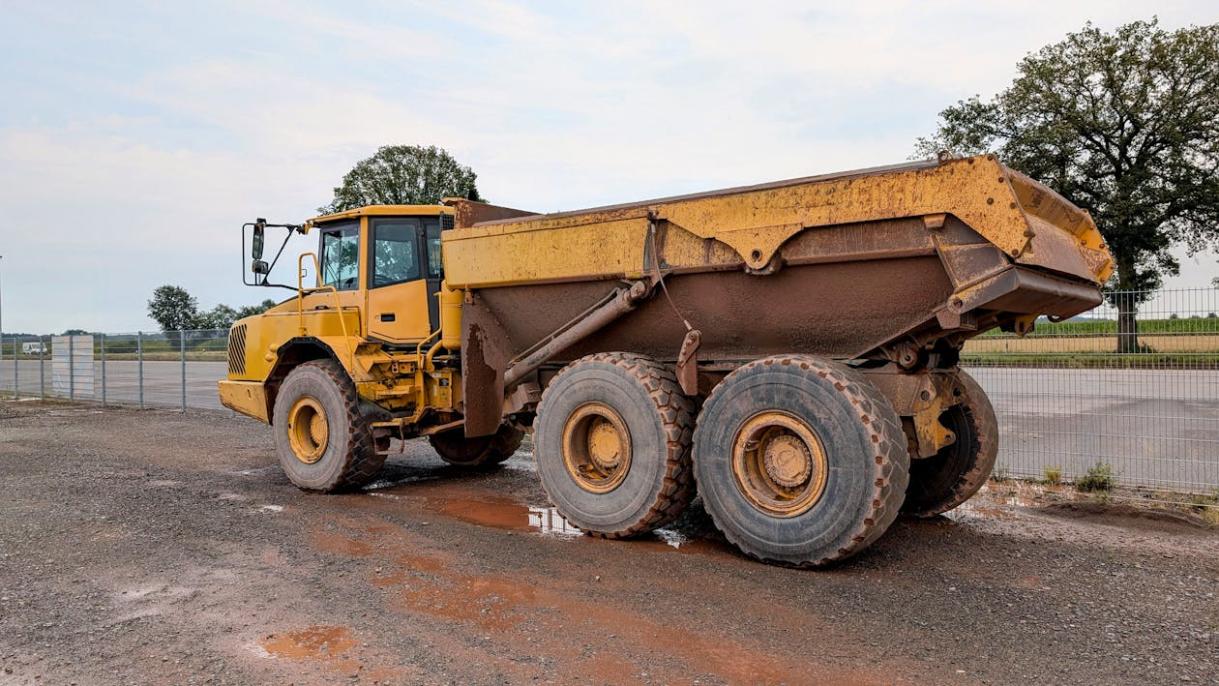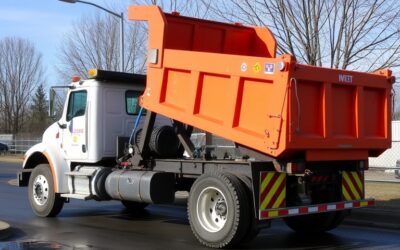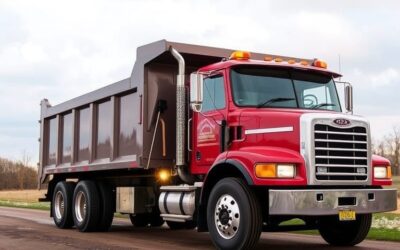Keeping your truck steady during tough hauls is key to staying safe and getting the job done right. When handling heavy loads, especially in challenging terrains, stability becomes a key concern for any truck driver. Focusing on stability helps prevent accidents, reduces wear and tear on your vehicle, and ensures timely deliveries.
Essential Pre-Haul Safety Checks
Before starting any tough haul, performing essential safety checks on your truck is vital. Start by checking the tires. Make sure the pressure and tread are up to spec for better traction and stability. Properly inflated tires with adequate tread provide better traction and stability, which are crucial for handling heavy loads.
Next, examine the brakes. Ensure that brake pads, rotors, and fluid levels are in good condition. Good brakes are a must for control, especially on steep hills or during sudden stops. Additionally, inspect the suspension system. Look for signs of wear or damage in the shocks and struts, which can affect your truck’s stability during long hauls.
Check the hydraulic systems if your truck utilizes hydraulic lifts or beds. Inspect hoses and connections for leaks, and ensure the fluid levels are adequate. Faulty hydraulics can compromise your truck’s stability, particularly during loading and unloading operations. Completing these checks ensures your truck is ready for a stable and secure haul.
Best Driving Practices for Maintaining Stability
Maintaining stability on the road requires adopting certain driving practices. First, always balance your load. Uneven weight throws off your truck’s control. Use appropriate tie-downs and braces to secure the cargo, preventing it from shifting during transit.
When driving, pay attention to your speed. Driving at a safe and controlled speed, especially around corners and on uneven surfaces, reduces the risk of tipping. Slow starts and stops keep things under control and prevent your load from shifting.
Keep a safe following distance from other vehicles. This gives you more reaction time if you need to brake suddenly, reducing the risk of losing control. Stay alert to road conditions and weather changes. Wet, icy, or uneven roads require slower speeds and careful navigation to maintain stability. Combining these practices can help you keep your truck stable during tough hauls, ensuring a safer journey.
Utilizing the Wink Anti-Tip System During Hauls
During your haul, the Wink Anti-Tip system plays a crucial role in maintaining your truck’s stability. The Wink Anti-Tip system’s sensors watch your truck’s angle and load in real-time. If the sensors detect a potential tipping situation, the control unit quickly processes this data and activates the hydraulic system to lower the bed, redistributing weight to keep the truck stable.
Integrating the Wink Anti-Tip system into your driving routine enhances your control and safety. First, familiarize yourself with the system’s indicators and alerts. Keep an eye on the dashboard signals, as they provide immediate feedback on your truck’s stability. If the system signals a problem, take action fast to avoid tipping.
Additionally, maintaining communication with your dispatch or support team can help you react promptly to any alerts from the Wink Anti-Tip system. Clear instructions and proactive adjustments based on the system’s feedback ensure you handle even the toughest hauls with confidence. Understanding and utilizing this technology effectively can significantly reduce the risk of tipping incidents, ensuring a smoother, safer journey.
Post-Haul Maintenance and Inspections
After completing a tough haul, conducting post-haul maintenance and inspections is essential for your truck’s ongoing stability and performance. Check your tires for damage or unusual wear. Ensure they are still properly inflated and have not developed any issues during the journey.
Inspect the brakes and suspension system to identify any potential problems that may have arisen. Look for wear on brake pads, leaks in hydraulic lines, and any damage to the shocks and struts. Addressing these issues promptly helps maintain your truck’s stability for future hauls.
Finally, check the Wink Anti-Tip system itself. Ensure that the sensors are clean and free of debris, and check the hydraulic components for any signs of wear or leaks. Regular maintenance keeps the system in top shape for your next haul. Post-haul procedures are a critical part of maintaining your truck’s stability and ensuring long-term reliability.
Conclusion
Maintaining truck stability during tough hauls is crucial for safety and efficiency. From essential pre-haul safety checks to post-haul maintenance and inspections, each step plays a vital role in ensuring your truck remains stable on the road. Using smart driving practices and advanced tech like Wink Anti-Tip boosts your safety and control on tough hauls.
Understanding the mechanics of these processes helps you make informed decisions and maintain your truck in top condition. This knowledge ensures that you can handle even the most challenging hauls with confidence and security. For more insights and advanced solutions to enhance the safety and stability of your dump trucks, visit Wink Anti-Tip today. Discover how our cutting-edge anti-tip technologies can keep your fleet safe and efficient.





